Hey there, fellow adventurers!
Did you know that these serene bodies of water that dot Montana’s landscape were once part of a mesmerizing aquatic world? Did Montana used to be underwater?
Yes, Montana has a hidden geologic history that remains largely unseen, hidden beneath the surface of its famous landscapes.
In fact, believe it or not, this breathtaking state was once covered by an immense water body!
Montana’s underwater landscape holds countless surprises, from submerged mountain ranges to mysterious relics of its glacial history.
With depths that plunge hundreds of feet, these frigid glacial waters harbor a world of wonder, waiting to be discovered.
- Related article: Montana History
Join me as we embark on a journey through time, uncovering the secrets of a state that was once submerged beneath unimaginable depths.
Are you ready to dive deep into the mysteries that lie beneath Montana’s rugged surface?
Montana’s Ancient Landscape
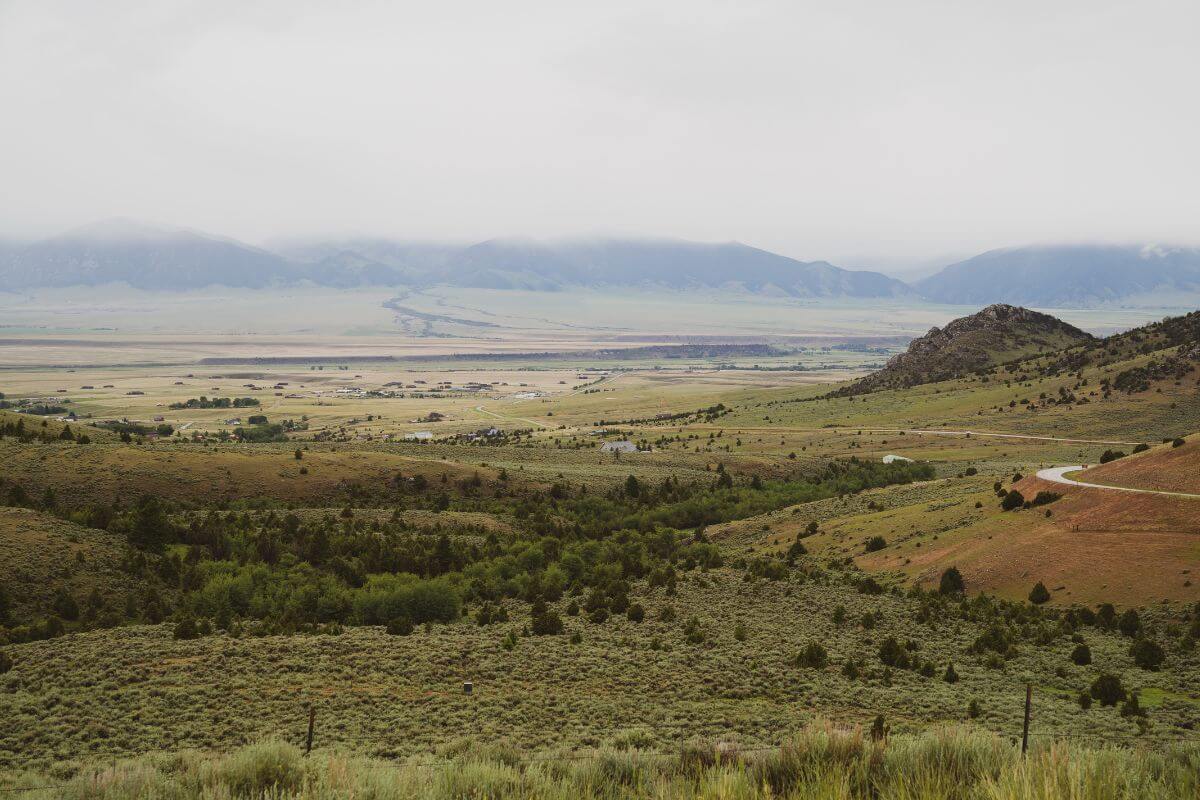
Imagine a landscape so ancient, so deeply connected to the fabric of time, that its features resemble shipwrecks of a forgotten era.
Over millions of years, Montana has undergone unfathomable changes, shaping its rugged terrain into a masterpiece of nature’s artistry.
Fossils of ancient sea creatures on mountaintops remind us that this green land was once submerged in a tropical ocean.
Yes, you read that right. Mountains that now stand tall and proud were once the sea floor, bearing witness to the passage of time.
65 million years ago, Montana was home to ancient camels that roamed its wondrous expanse. Can you believe it?
These exotic creatures left their mark on this ancient landscape, a reminder of the diversity of life that once thrived here.
But it doesn’t end there. Montana’s geologic time intervals, divided into Precambrian, Paleozoic, Mesozoic, and Cenozoic eras, reveal the intricate tapestry of its history.
The Madison Limestone, a remarkably durable rock, holds the fossilized remains of crinoids, creating limestone blankets that tell the tale of an entirely different world.
Montana’s geological history is a window into a time long past, a treasure trove of ancient lives and rich stories waiting to be unraveled.
Montana Precambrian Era
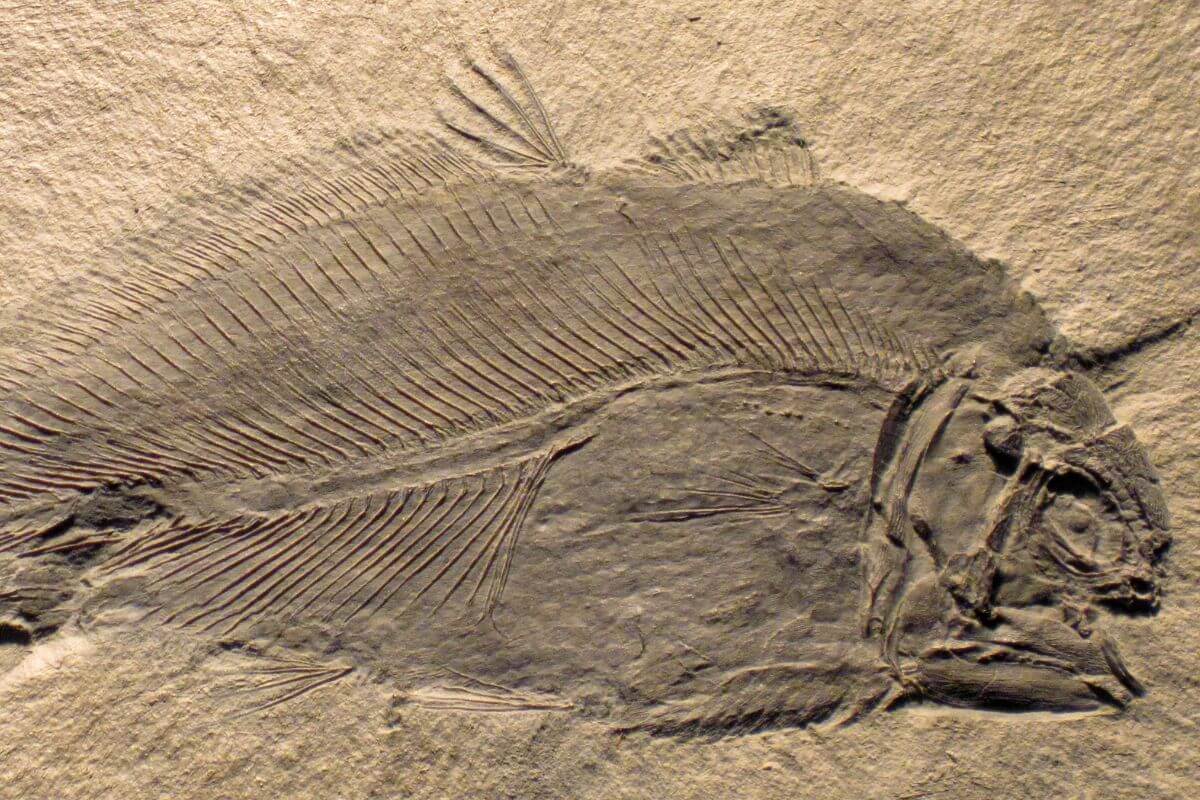
During the Montana Precambrian Era (4.6 billion to 544 million years ago), a staggering 350 million years ago, this great land was engulfed by a warm shallow sea.
Most of the western hemisphere was serenely underwater, with Montana emerging as the heart of this aquatic wonderland.
Ancient peaks of mountains gracefully eroded, as unyielding time shaped the landscape we now admire.
As the sea gently receded, sediments settled, forming a solid foundation of basement rock beneath our feet.
This remarkable rock stands as a testament to Montana’s ancient past. Its durability has withstood the test of time, preserving within it the enchanting fossilized remains of long-extinct creatures.
These fossils offer a glimpse into a magnificent world that once thrived beneath the waves.
Imagine the dance of crinoids, with their delicate feathery arms swaying in harmony, creating a mesmerizing spectacle in the ancient shorelines.
Today, these ancient marvels can still be found, tucked away in the depths of Montana’s iconic buildings. They serve as a constant reminder of the rich history that lies beneath our modern-day cities.
The Montana Precambrian reminds us that even in the depths of time, this land was alive with wonder, and the echoes of its ancient tale can still be heard today.
Montana Paleozoic Era
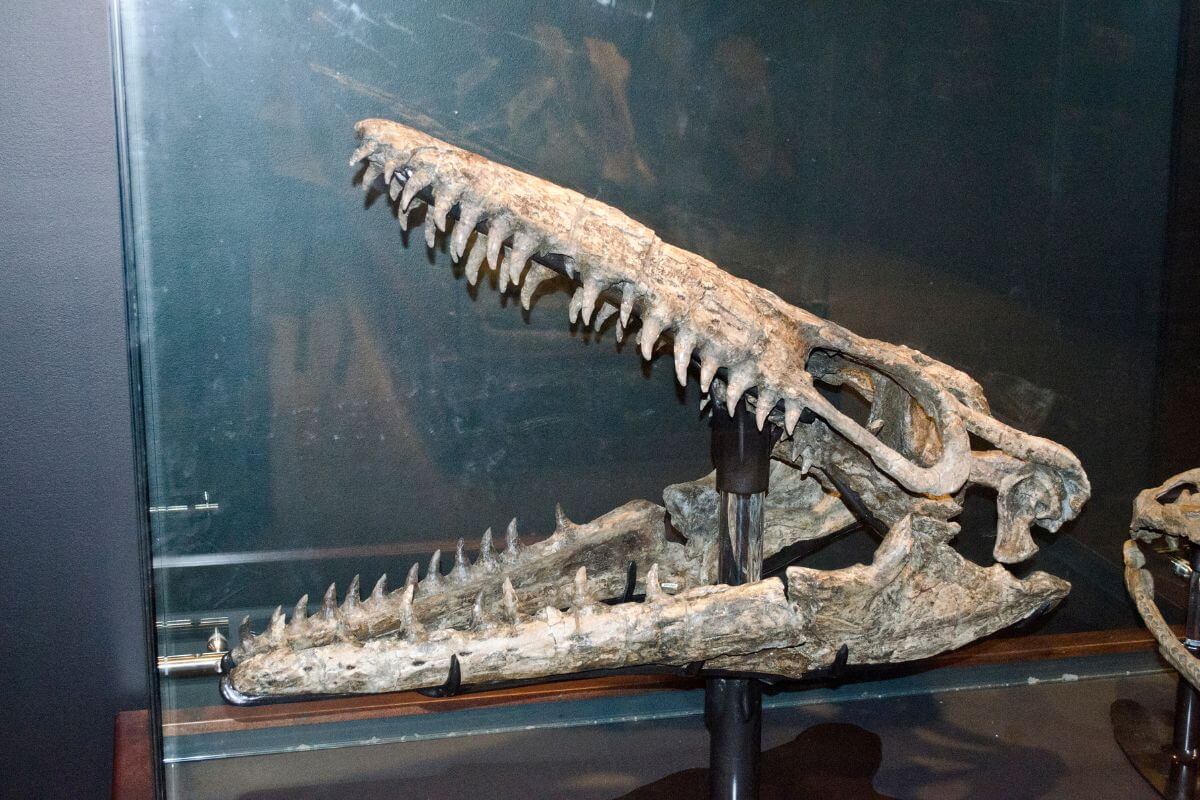
During the magnificent Montana Paleozoic Era (544 to 245 million years ago), a mesmerizing ballet of geological events unfolded, shaping the very landscape we tread upon today.
Repeated sea incursions brought forth shallow and flat seas, while sediment piled up, creating a solid foundation for future marvels.
Picture the breathtaking sight of ancient marine life emerging from the depths, their timeless remains now preserved as captivating fossils.
In this awe-inspiring underwater world, where Montana was predominantly submerged, mountain ranges began to form, standing as majestic sentinels amidst the vastness of shallow seas and swamps.
Yet, it is the creatures that once ruled these ancient waters that truly captivate the imagination.
Picture the grandeur of fish of monumental size, their streamlined bodies gliding through the feet of water that covered Montana.
Giant dragonflies, boasting astonishing 2.5-foot wingspans, flittered gracefully through the primeval skies. Meganeura, with their astonishing physicality, and two-foot-long scorpions held dominion over the ancient swamps.
But it is the fish that truly left an indelible mark on this watery realm.
Sharks, with their formidable presence, claimed their place as apex predators, patrolling the depths with untamed grace. Among them, the mighty Rhizodus hibberti reigned supreme, a true titan of the Paleozoic seas.
Montana, once a vast body of water teeming with life, now unveils its secrets to those who dare to delve into its ancient mysteries.
Montana Mesozoic Era

During the Montana Mesozoic Era, a geological time period that spanned from 245 to 65 million years ago, the landscape of Montana continued to transform in breathtaking ways.
As if emerging from the depths of ancient seas, majestic mountain ranges began to form, their rocky peaks jutting defiantly toward the sky.
Volcanic activity, like nature’s fiery exclamation marks, added to the dynamic nature of this Montana era.
But it wasn’t just the earth’s fiery fury that shaped this prehistoric Montana.
It was also the presence of vast shallow seas, which contributed to the diverse flora and fauna that called this region home.
Picture it: a land punctuated by shimmering waters, home to an array of famous dinosaurs that still captivate our imaginations to this day.
Among them, is the powerful Tyrannosaurus, with its fearsome jaws and colossal presence. And let’s not forget the mighty Triceratops, with its 3-horned crown and sturdy frame.
This was an era of monumental change and astonishing diversity.
Montana experienced a transformation that would shape its natural heritage for millions of years to come.
Montana Cenozoic Era
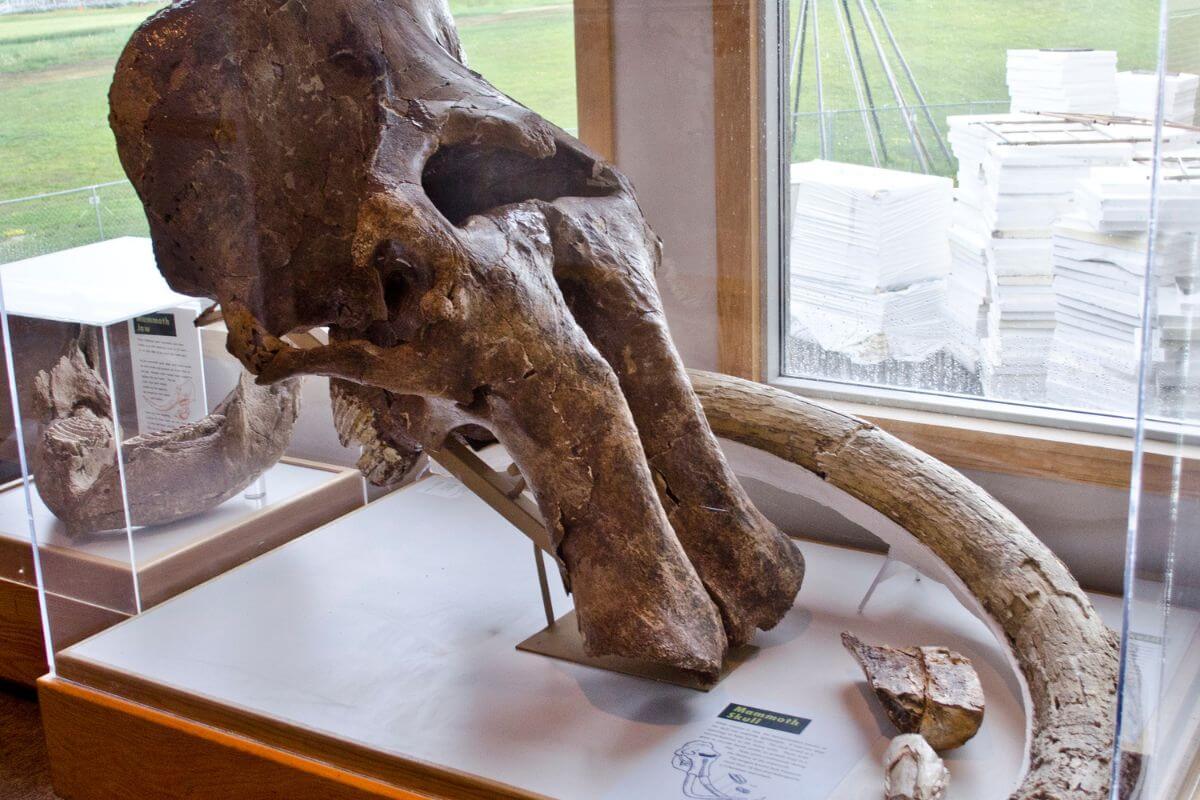
The Montana Cenozoic Era, dating back 65 million years and lasting until the present day, is a fascinating chapter in our planet’s history.
During the Cenozoic Era, the Earth underwent remarkable changes, paving the way for the emergence of mammals and the sculpting of vast landscapes by the Ice Ages.
As the climate changed, so did the vegetation, leading to the formation of magnificent mountain ranges and the diversification of plant and animal life.
It was a time of immense geological events, as glaciers shaped the Montana landscape, pushing rocks and earth to create the breathtaking sights we see today.
In this era, megafauna roamed the land, adapting to the changing environment, but ultimately succumbing to extinction.
The significance of this period cannot be overstated, as it laid the foundation for the world we inhabit today.
To explore Montana’s Cenozoic Era is to embark on a journey through time, where the echoes of ancient landscapes and extinct creatures can still be felt.
Glacial Lake Missoula Impact
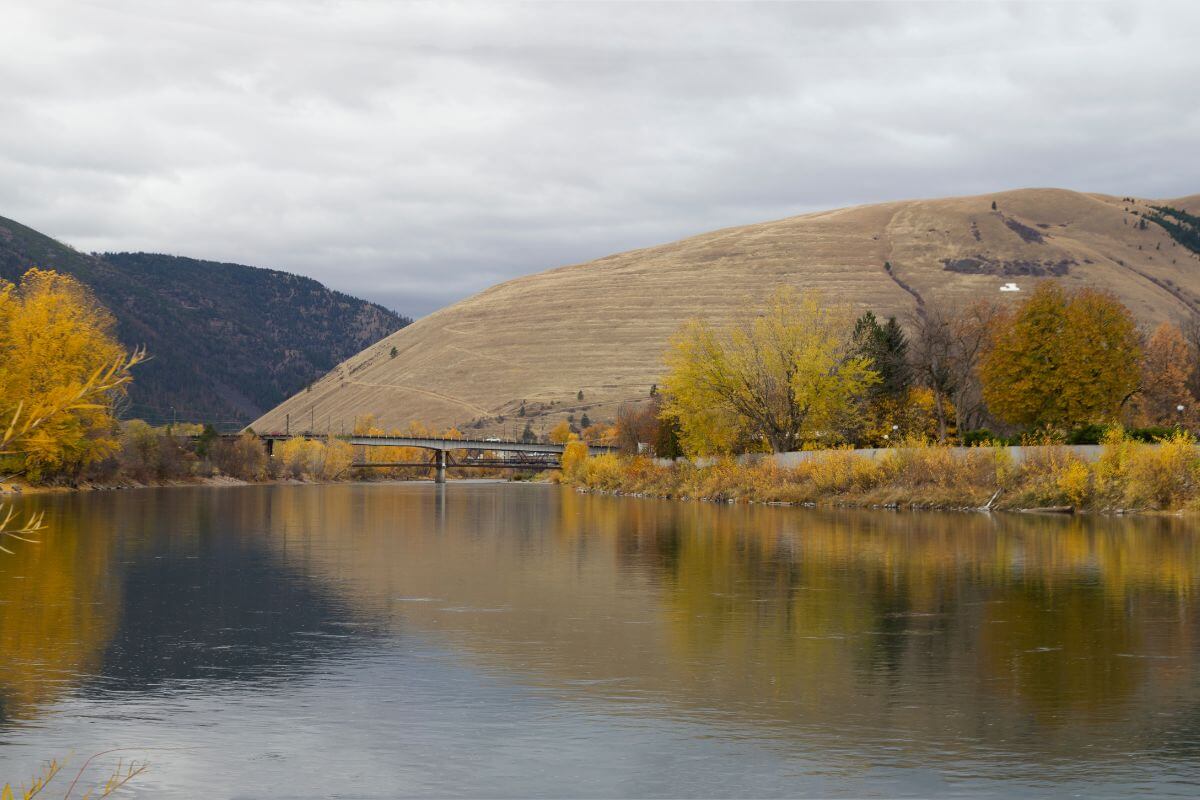
About 2 million years ago, Montana witnessed a dramatic shift in climate.
The temperatures dropped, and the region experienced heavier rainfall and substantial snowfall. The result? Snow and ice accumulated at a faster pace than they melted, giving birth to colossal glaciers.
These icy giants acted as nature’s bulldozers, reshaping the entire landscape by pushing rocks, earth, and even entire ridges, creating a breathtaking tapestry of geological marvels.
But it didn’t stop there. The glaciers also formed immense ice dams, diverting rivers and creating vast lakes that stretched across the Montana wilderness.
The most remarkable example is Glacial Lake Missoula. Ice dams across the Clark Fork of the Columbia River created a 1,000-foot-deep lake that covered thousands of square miles.
However, the story of Glacial Lake Missoula becomes truly captivating when we discuss its eventual rupture.
As the ice dam gave way, a cataclysmic flood was unleashed, carving the landscape with immense force and shaping what we know today as the Columbia Gorge.
The evidence of these monumental events can still be seen in the giant ripple marks etched into the earth’s surface. This is also a reason why Montana’s extreme winter condition is well known.
And remember, while the “Ice Age” may seem like a distant memory, the ever-changing nature of Montana’s landscape suggests the possibility of future Ice Ages.
But that’s the magic of Montana—it’s a place of eternal wonder and exploration.
Montana’s Underwater History Evidence
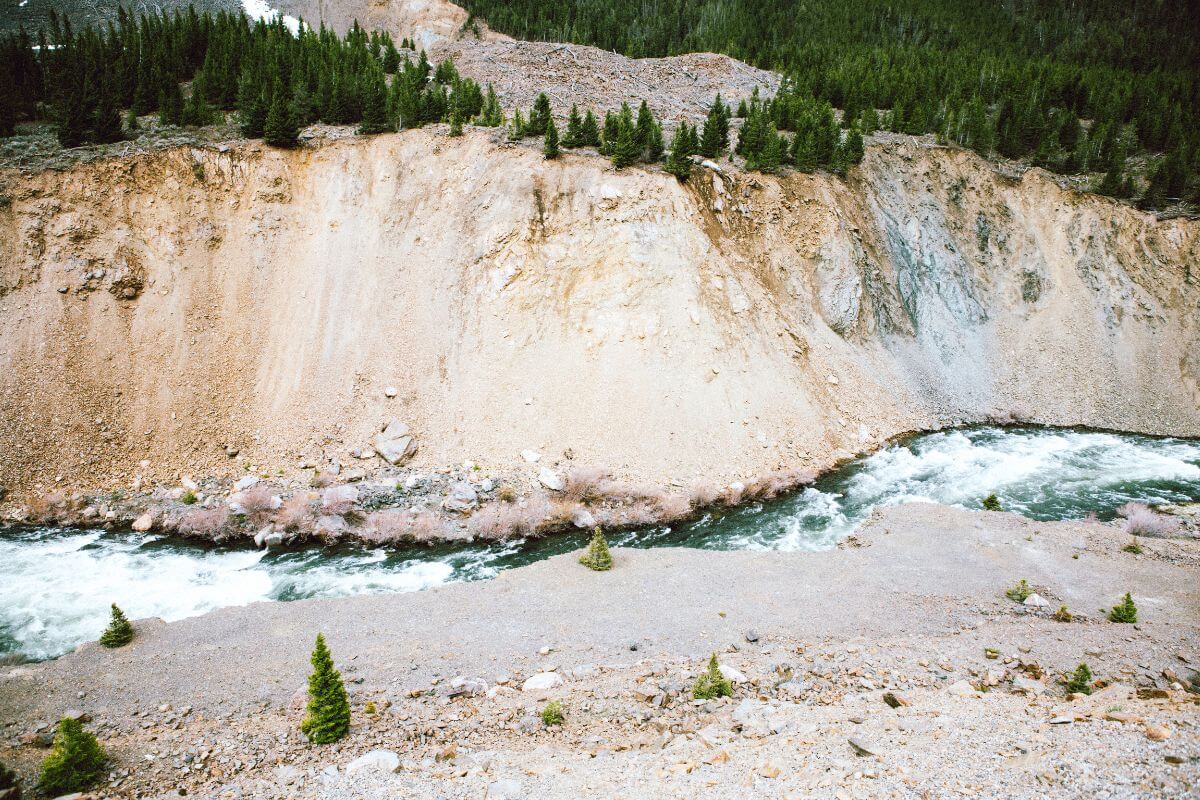
Montana’s captivating landscapes hold more than meets the eye – a hidden history submerged in time.
Let’s delve into the intriguing evidence scattered across the state that tells a tale of ancient oceans and vibrant marine life:
- Madison Limestone – Formed over ages from marine life remnants, this enduring rock holds vital insights into Montana’s history, impacting nearby regions such as Idaho, Wyoming, and the Dakotas and even shaping unique landscapes like the Lewis and Clark Cavern.
- Rocks and Sedimentary Layers – Montana’s rocks and sediment layers serve as a historical archive, preserving insect fossils, ancient sea creature fossils, and shellfish that provide a vivid window into ancient underwater ecosystems.
- Landform Features – Beyond fossils, Montana’s submerged history reveals itself through landforms like valleys and canyons, molded by the enduring forces of ancient rivers and seas, serving as reminders of the Earth’s ever-evolving nature.
Montana’s very bedrock reveals the mysteries of its watery past.
As we walk upon its alkaline soil, we tread on a canvas that holds the footprints of ancient seas and rivers, a testament to the state’s aquatic heritage.
Montana’s Underwater History Final Thoughts
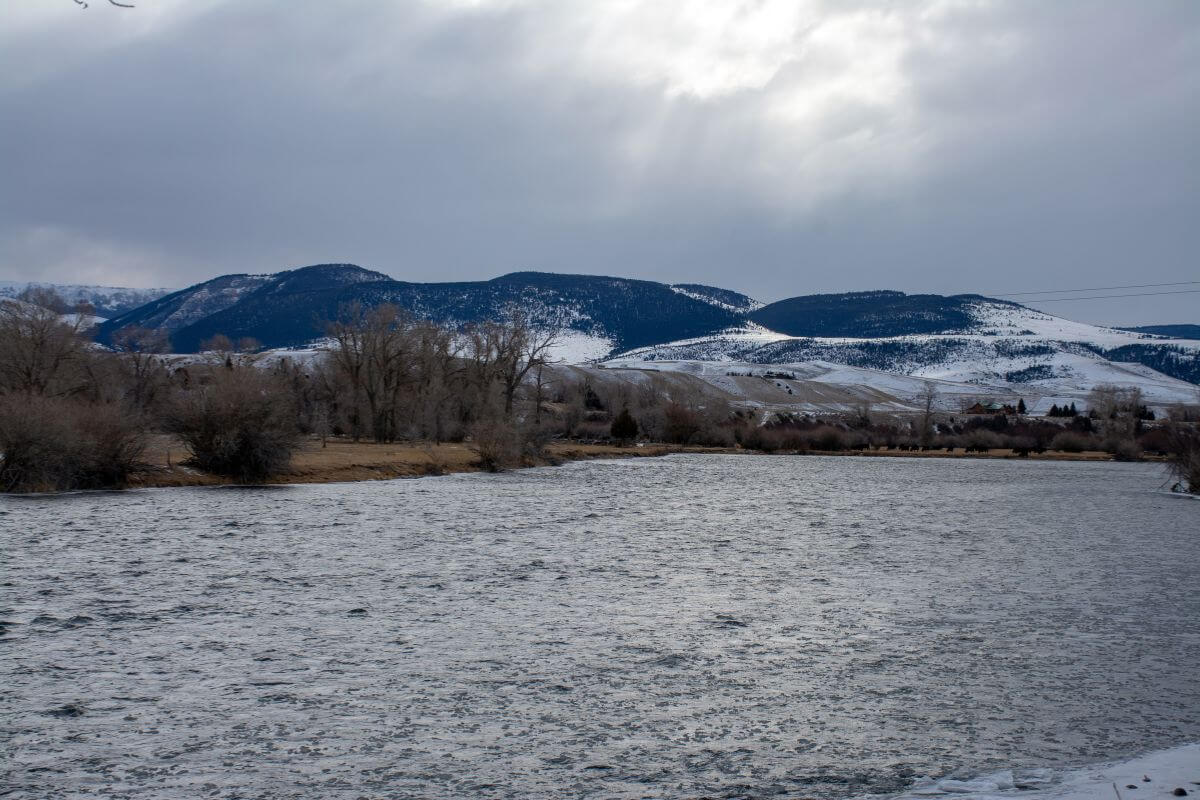
With its fascinating landscapes and geological wonders, Montana’s underwater history will truly leave you in awe as it tells the story of a submerged past.
The endurance of Madison Limestone has left its mark on the underwater landscape, giving rise to awe-inspiring canyons and pinnacles like the legendary Lewis and Clark Caverns.
It’s astonishing to think that these formations were once at the bottom of ancient seas.
But it’s not just the enduring limestone that captures my imagination.
Montana’s rocks and sedimentary layers are like time capsules, preserving the fossils of long-extinct sea creatures and shellfish.
These relics offer a glimpse into the vibrant ecosystems that once flourished beneath the waters.
The evidence of Montana’s watery past is etched into its very foundation.
Montana is not just a land of stunning mountain peaks and postcard-worthy vistas.
It is a place where the wonders of its underwater past are waiting to be discovered, offering endless opportunities for exploration and adventure.
Montana’s Underwater History FAQs
1. Was Montana Part of the Ocean?
350 million years ago, a vast sea stretched across not only Montana but also Idaho, Wyoming, and the Dakotas.
Today, evidence of this extraordinary underwater world can be found in the immense limestone formations of Montana, such as the majestic Madison Limestone.
2. When Was Montana Covered by the Ocean?
During the Precambrian Era, approximately 4.6 billion to 544 million years ago, Montana was submerged under a great sea.
This incredible event dramatically shaped the landscape we see today, leaving behind a legacy of stunning mountains, flat plains, and fertile valleys.
3. When Was the Last Ice Age in Montana?
Well, it might sound like ancient history, but the truth is that the last Ice Age happened between 10,000 and 13,000 years ago.
That’s not that long ago, especially when you consider that many scientists believe another Ice Age is looming in the future.
This colossal event shaped the land we see today, with massive glaciers carving out the stunning landscapes we now have the privilege to witness.
Explore Montana further by giving these other articles a read:
- Montana’s Historical Fires
- Most Recent Montana Presidential Visit
- The Montana Gold Rush
- Montana’s Shaking Ground
- https://mhs.mt.gov/education/Textbook/Chapter1/chapter1.pdf
- https://fwp.mt.gov/stateparks/lewis-and-clark-caverns/
- https://www.flickr.com/photos/jsjgeology/15149629150
- https://www.flickr.com/photos/timevanson/9322551651
- https://www.flickr.com/photos/jsjgeology/51341245502
- https://www.flickr.com/photos/timevanson/9341115026

